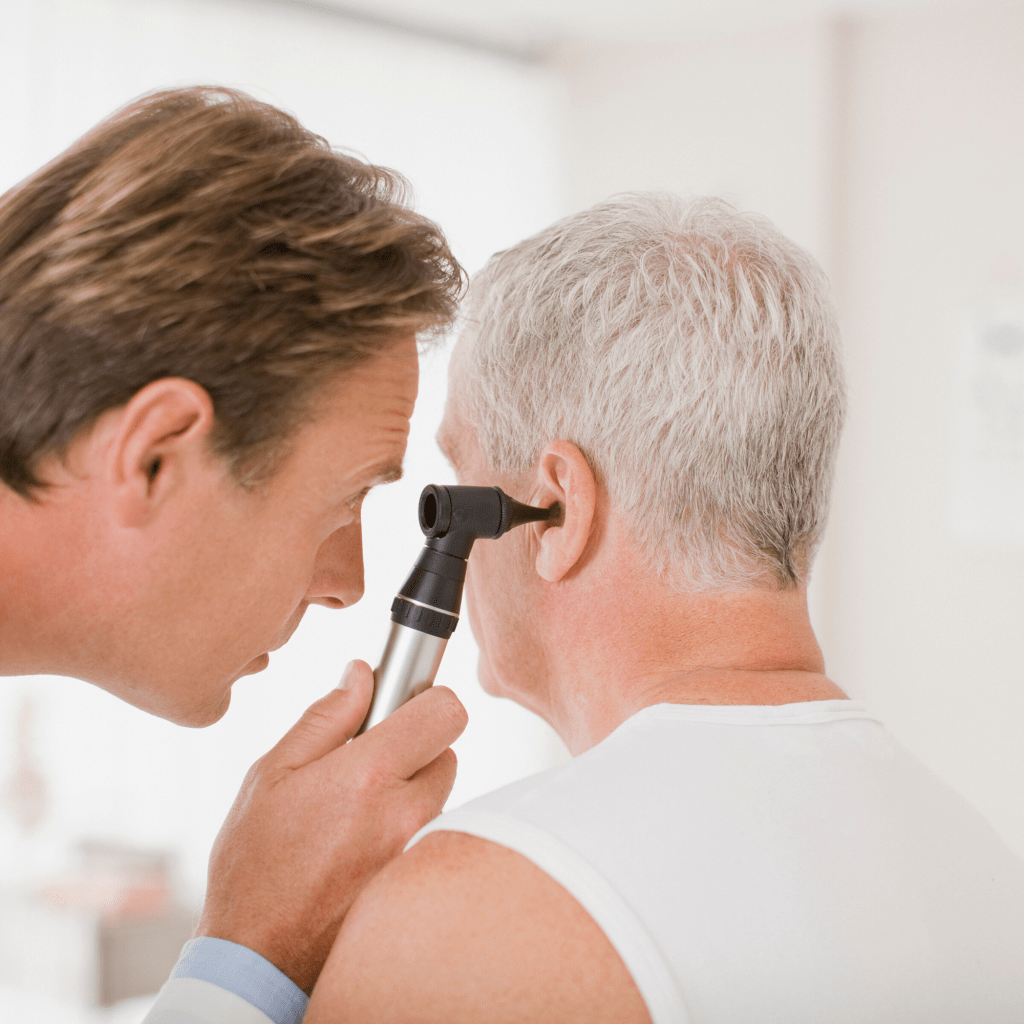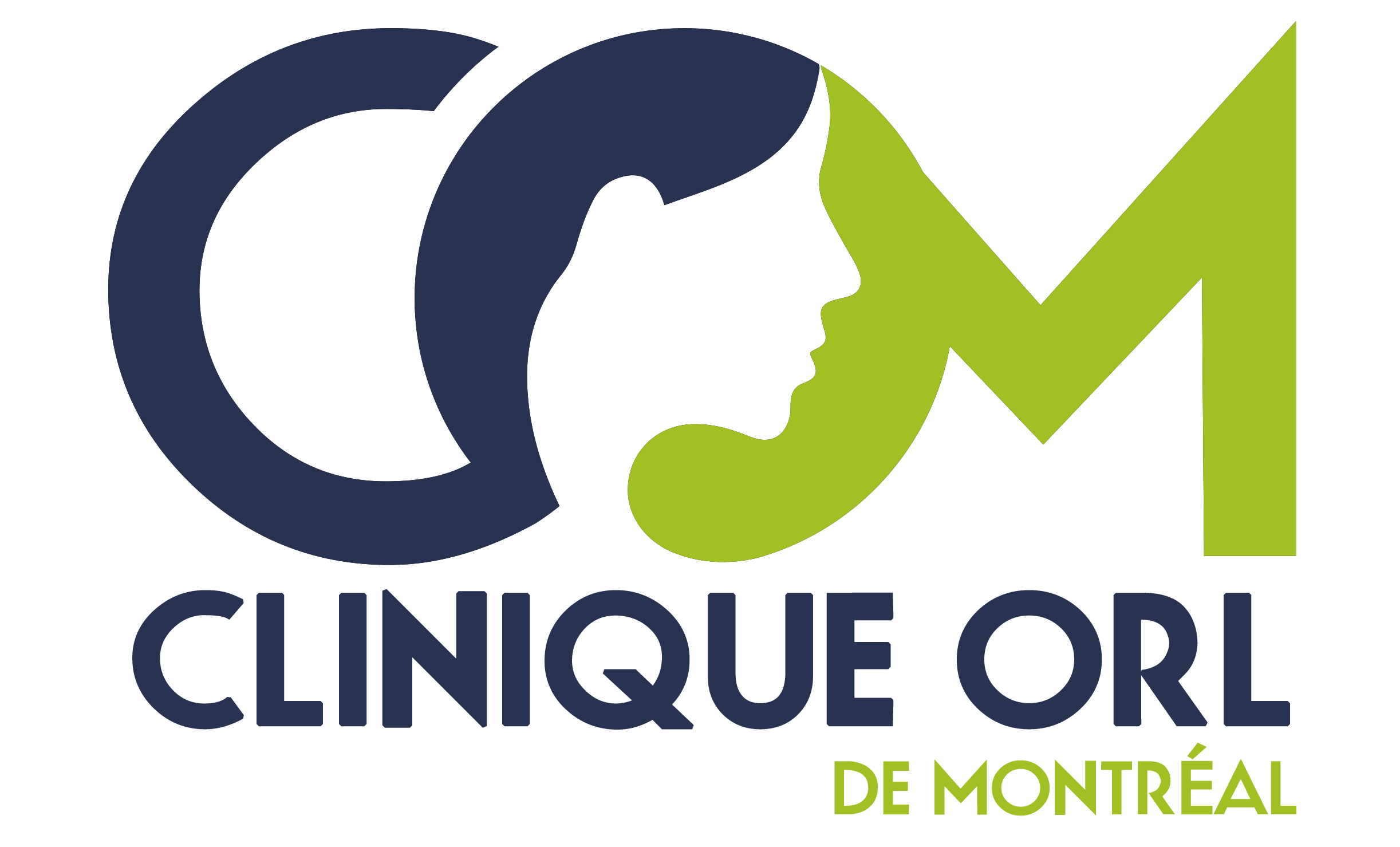The ENT doctor, expert in the worker's hearing health

What is occupational hearing loss?
Prolonged exposure to sound can damage the inner ear structures and cause hearing loss and deafness. This hearing loss can be very distressing.
Occupational hearing loss is hearing loss due to prolonged exposure to loud sounds at the workplace. When hearing loss is caused by loud noise int he workplace, you could be eligible for hearing aids that will be paid for by the Commission des normes, de l’équité, de la santé et de la sécurité du travail (CNESST).
Are you at risk?
Any job with a level of loud noise exposure per 8-hour work day for 2 years puts you at risk of occupational hearing loss, according to the CNESST.
First step: the audiogram (hearing test)
If you suffer from hearing loss, whether it is due to occupational noise exposure or not, the first step is to undergo an audiogram with one of audiologists.
This audiogram is required for your ENT doctor to be able to fill out a CNESST certificate.
Second step: "Attestation médicale" filled out by your ENT doctor
The second step is to meet an ENT specialist so that they can fill out the CNESST formAttestation médicale .
Third step: send your RTR form to the CNESST
Very important! It is the worker's responsiblity to fill out the form Réclamation du travailleur (RTR) and send it to the CNESST.
It is also very important to fill out theAnnexe à la Réclamation du travailleur specific to occupational hearing loss.
This form needs to be sent directly to the CNESST that will then study your request to determine if you are admissible for a hearing aid. This process can take several months.Make sure you keep a copy of this form to be able to give it to the clinic.
Fourth step: acceptance (or refusal) of your file at the CNESST, see your ENT again, and meet the hearing aid specialist
Once your reclamation is accepted by the CNESST, you will receive a letter by mail. It is important at that point to make another appointment with your ENT so they can produce a Rapport d’évaluation médicale. This report can be produced the same day you meet with the hearing aid specialist that will start the process of producing hearing aids for you.
Now that your occupational hearing loss is recognized, the CNESST will cover:
- the cost of hearing testing
- one or two hearing aids every five years
- the cost of services rendered, maintenance products and batteries
- in some cases, the cost of auditory-assistive devices (television hearing systems, telephone, etc.)
